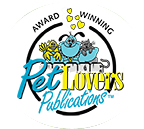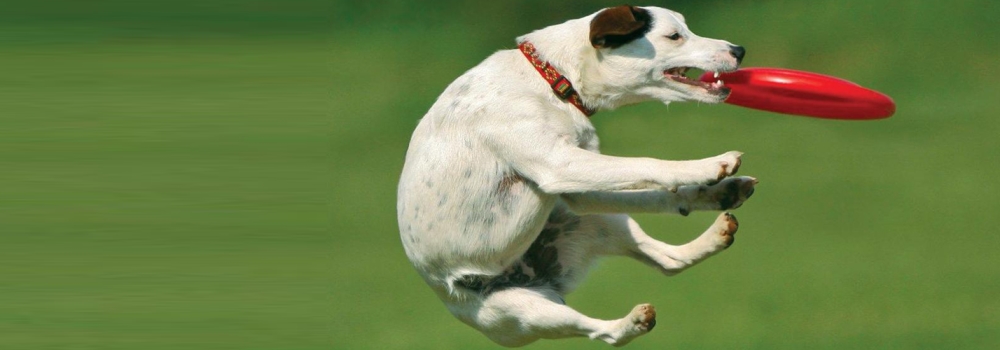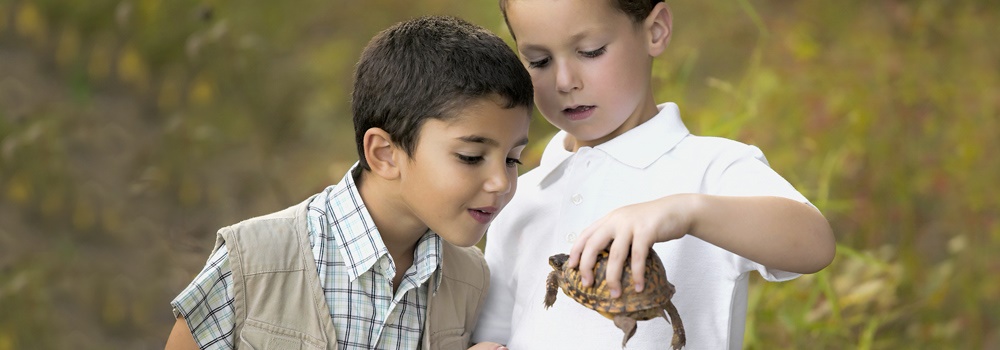5 tips for working out with your dog!
Taking Fido for a walk is GREAT exercise but most people need a little more to get a complete body workout, obtain better balance and flexibility, and get their heart rate elevated for a more efficient cardiovascular system. Below are 5 tips that you can do with your dog to prevent boredom, burn more calories, and gain more strength.
TIP 1: Make your dog’s walk a workout walk. Incorporate exercises along the way to help with your upper and lower body strength. A few ideas are pushups on park benches or tables, lunge walks, squats, step ups, and even tricep dips to prevent the “flabby arm syndrome”.
TIP 2: Pick up the pace–don’t let Rover pull you all over! Let Fido do his/ her business in the first 5 minutes of your warm up and then it is time for you to be in control. Do a power walk or add sprints and/ or hills to burn more calories and get the heart rate elevated. This makes your heart work more efficiently in the long run.
TIP 3: Incorporate FIDO in your stretching and yoga. Your dog reads your energy, so at the end of the day try to do your stretches and be calm–your dog will follow suit. This is a good time to teach Fido the stay, sit, or down command.
TIP 4: Be creative with your exercise. Take your dog rollerblading, kayaking, hiking, surfing, biking, etc. Get out of the rut of just doing daily walks.
TIP 5: Always incorporate dog commands and games in your dog’s workout–the mental stimulation will tire them and you can have fun teaching them new things. It is NEVER too late to start teaching your dog new commands.
**As always please be a responsible parent and pick up after your dog!**
Of course if you do not have the time to work up a plan, why not try a Leash Your Fitness class or event? They do all of the above and more to keep you and your furry friend fit! Please visit www.LEASHYOURFITNESS.com or call 619-822-3296 to find out more!




